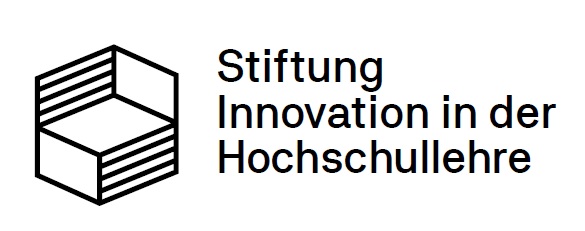The Project
The advantages of digital laboratory solutions were not solely apparent during the pandemic of 2020. The preparation of learning content in the form of digital, interactive simulations, video recordings or via remote access, with permanent availability, allows for a flexible schedule that corresponds to the individual work rhythm and level of knowledge. Despite the successful implementation and didactic evaluation having been documented for a large number of installations in different departments, these remain isolated locally at the university. Although the content coverage is extensive, the fixed installations, which were tailored to the requirements at one location, cannot easily be transferred to the context at another location. The systems are usually reserved for the small group of users of their own students, which is regrettable in view of the conceptual effort and the high financial commitment.
The CrossLab project aims to define the technical, didactic and organisational solutions for open digital laboratory objects, which can be combined as required in a learning environment for student-centred teaching. The cross in the project name stands for the interlinking of different laboratory components, media realities, as well as a cross-disciplinary and cross-university network. In addition to the conceptualisation and implementation of a technical framework (configuration and linking of the individual laboratory objects) and new applications in various disciplines (physics, chemistry, computer science, mechanical engineering and process engineering), the didactic concepts are further developed in order to ensure a maximum of broad integration into other subjects.
The lecturer variably specifies the laboratory objects involved in an experiment and defines the configuration of the learning environment within which the student can access them.


